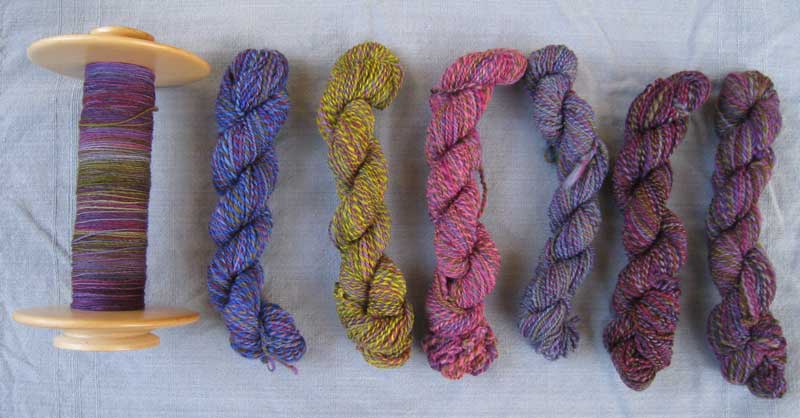I’ve been fighting with my Schacht Matchless for the past several months. I haven’t been able to find the sweet spot between the drive band driving the wheel and the scotch tension draw in. If I get the draw in needed, the drive band is so taut that you can play it like a violin, and the treadling is stiff. The ratio between the wheel and the bobbin is erratic. I’ve broken countless drive band cords and sworn numerous times at the darn thing.
Today, I had an epiphany. This all started when I changed the drive band cord to a new cord material several months back. The new cord diameter is too small and doesn’t cover the same surface area in the whorls, so it slips instead of gripping the whorl. When it doesn’t grip, the whorl doesn’t turn. I can’t put much tension on my scotch tensioner because that’s just enough to cause the drive band to slip again.
I no longer have any butcher twine that was my previous standard. Nothing in the house even comes close to resembling it in size or roughness. I tried some Classic Elite cotton yarn that I had in the house. It’s close, but still too slippery.
Then I remembered the stretchy band I purchased with the wheel, but never attached. After a couple of test joins, I made my first stretchy band. My Matchless and I are happy with each other again. Perhaps I’ll be spinning more again, instead of putting the wheel aside after 15 minutes of swearing.
I prefer the cotton twine to the stretchy band. I’ll put the butcher’s twine back on my shopping list. In the meantime, the stretchy band will keep me going. (The stretchy band is set for my fast and high speed whorls. These are the 2 that I use the most. I’ll need separate cords for the medium and the super high speed whorls.)



